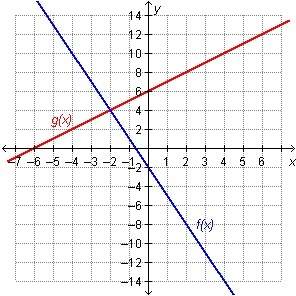
Mathematics, 21.10.2020 20:01 RipoldSmellypoop47
Which explains whether or not the graph represents a direct variation? On a coordinate plane, a line goes through points (0, 0) and (1, 3). The graph has a constant of variation of 3, so it represents a direct variation. The graph has a slope of 3, so it represents a direct variation. The graph has a positive slope, so it does not represent a direct variation. The graph does not begin at the origin, so it does not represent a direct variation. ANSWER ASAP

Answers: 3


Other questions on the subject: Mathematics


Mathematics, 21.06.2019 21:00, alexkrol10
Describe how making an ‘and’ compound sentence effects your solution set
Answers: 1


Mathematics, 22.06.2019 00:30, angelyce4142
How can you check that you have correctly converted frequencies to relative frequencies?
Answers: 1
You know the right answer?
Which explains whether or not the graph represents a direct variation? On a coordinate plane, a line...
Questions in other subjects:


Health, 18.07.2019 18:00




Biology, 18.07.2019 18:00

Business, 18.07.2019 18:00


Chemistry, 18.07.2019 18:00




